What Types Animals Are Found In The Taiga?
What Animals Live In The Taiga?
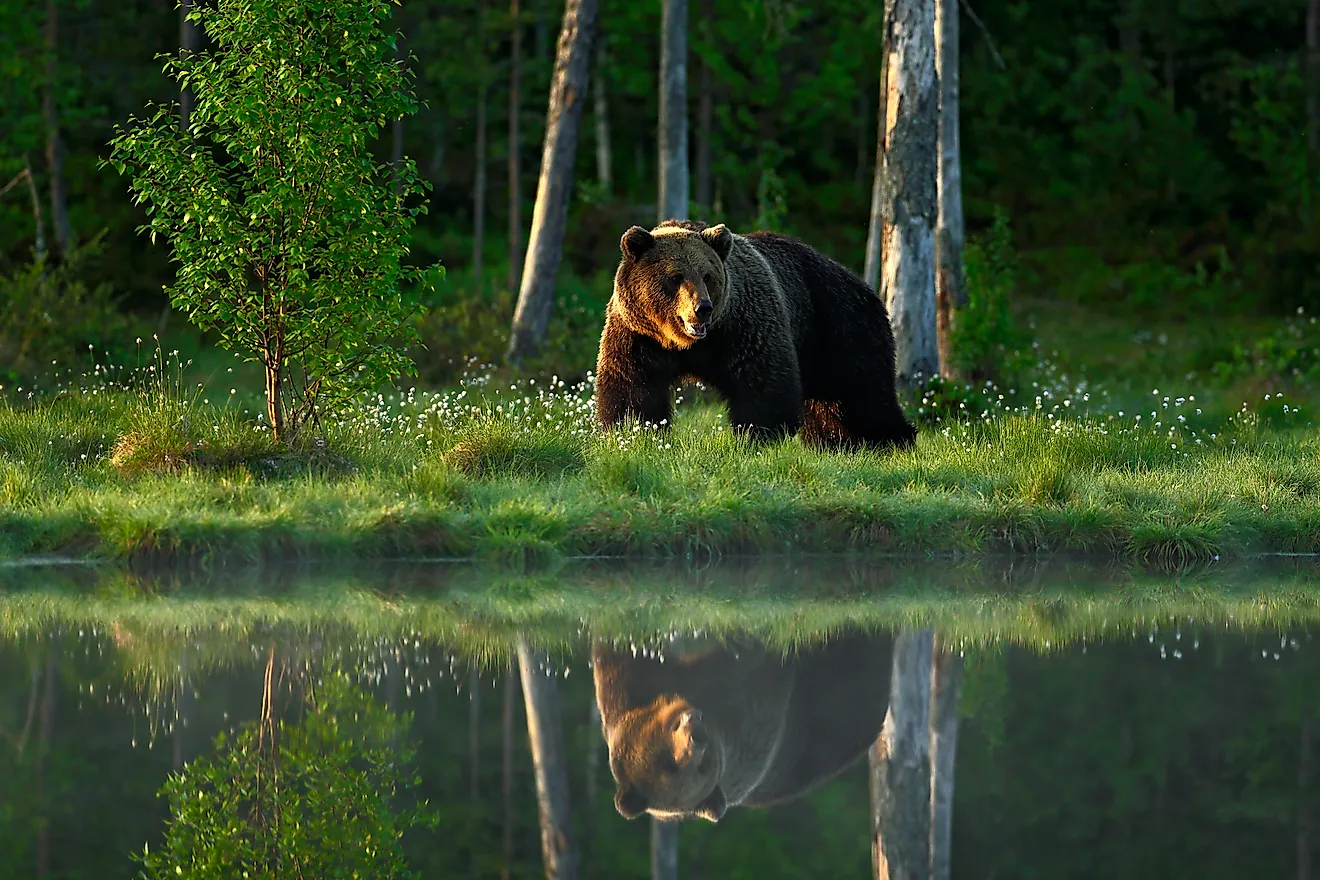
The taiga or boreal forests is a biome characterized by coniferous forests with pines, larches, and spruces every bit the dominant vegetation. In Northward America, the taiga biome encompasses Alaska, large parts of inland Canada, and northern extremes of continental U.s.a.. In Eurasia, the taiga biome covers large parts of Finland, Sweden, Kingdom of norway, coastal Iceland, Russia, northern Mongolia, northern Kazakhstan, and northern Nihon.
The summer temperatures, dominant species, the length of the growing season, and other related aspects vary in the different taiga ecoregions of the world.
The harsh climate of the taiga does not allow a great diversity of species to inhabit this biome. Species living in the taiga are well adapted to survive the extreme winter temperatures. Here we present a list of "What Animals Alive In The Taiga?" that includes some of the notable species of this biome. They are as follows:
18. Reptiles Of Taiga -
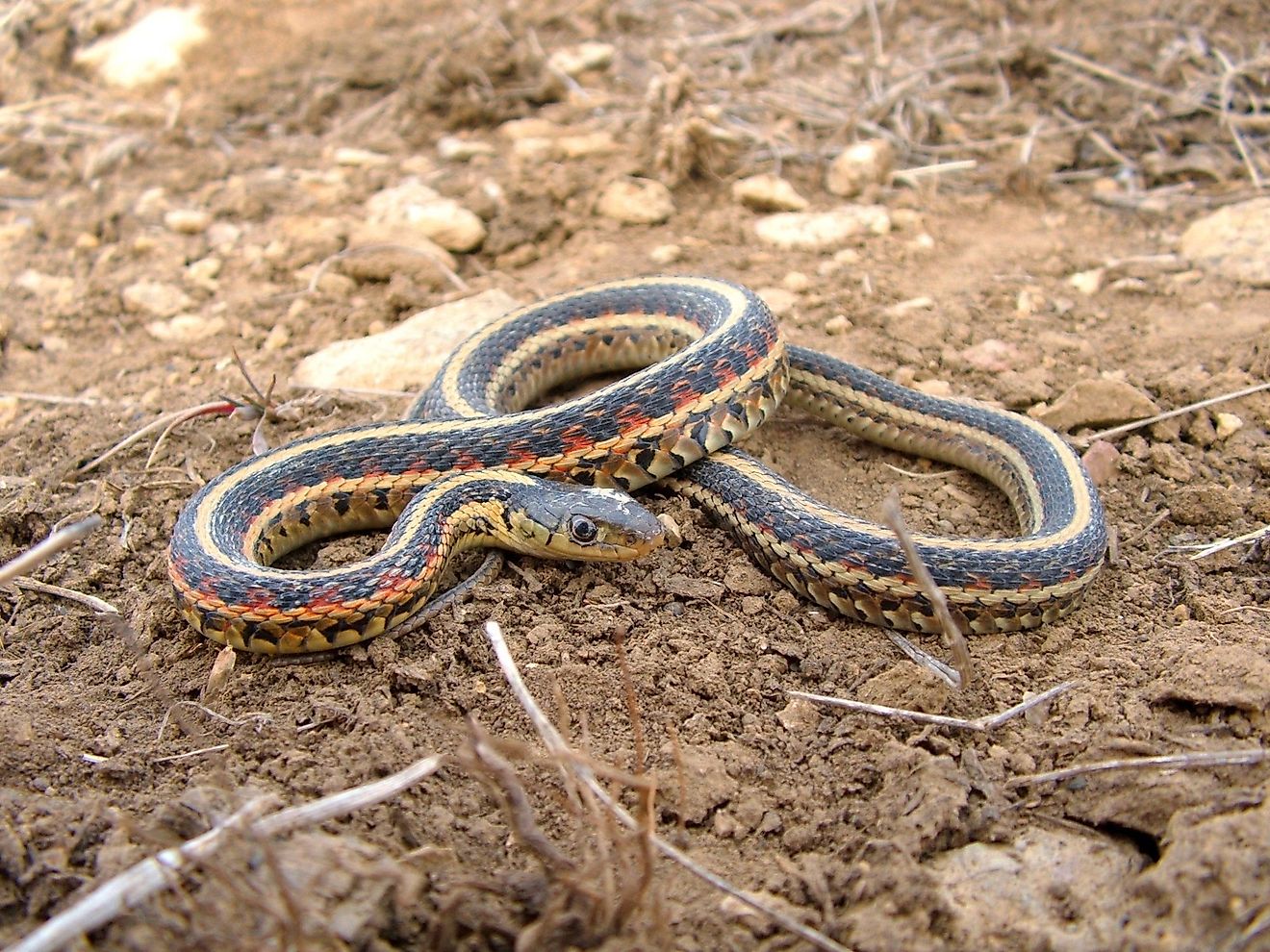
Very few species of reptiles inhabit the cold taiga habitat. The frigid winters and short summers offer a bang-up challenge to the common cold-blooded reptiles in the taiga. The red-sided garter ophidian and the European adder are two species of snakes whose range stretches as far north every bit the taiga regions of North America and Europe, respectively. These snakes hibernate during the winter to avoid death in the harsh environment.
17. Amphibians Of Taiga -
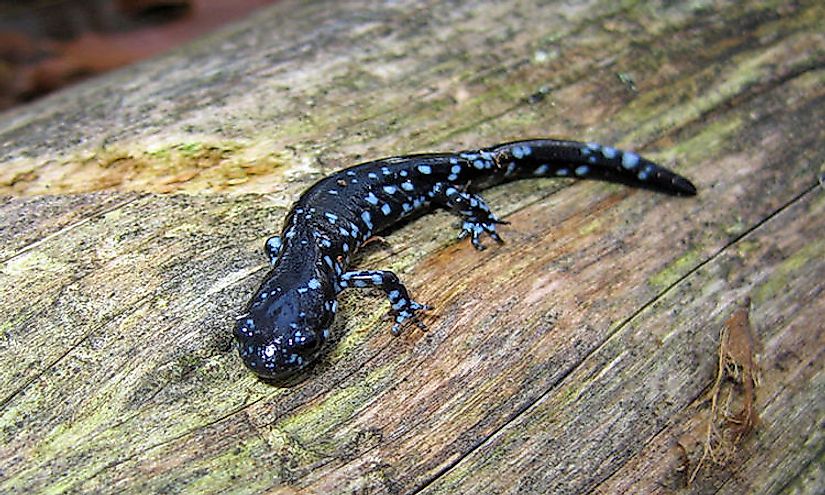
Like reptiles, the cold-blooded amphibians also find it difficult to inhabit the common cold taiga surround. The fact that these animals cannot regulate their torso temperature, different the warm-blooded animals, makes them easily vulnerable to winters in taiga environment. Only a few species of frogs (northern leopard frog, forest frog), toads (American and Canadian toad), and salamanders (blue-spotted salamander, Siberian salamander, and the northern two-lined salamander) are found in the taiga. Nigh of these amphibians hibernate hole-and-corner during the winter season.
16. Fish Of Taiga -
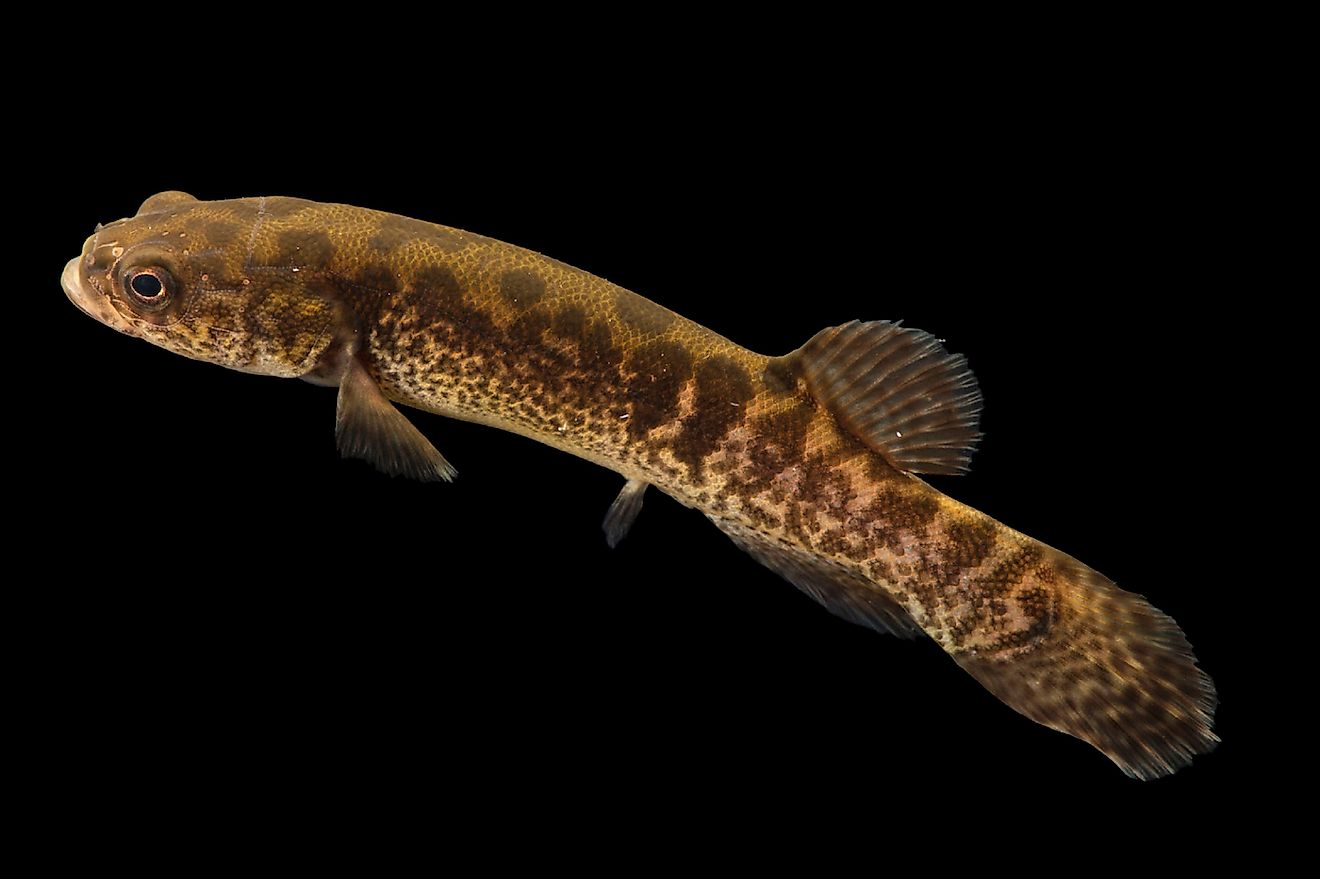
The fish found in the water bodies of the Taiga region are less diverse in nature that those found in other warmer regions of the globe. These fish are well-adapted to survive in cold h2o and also survive when the h2o at the surface remains frozen during winter. Some mutual fish species found in the taiga habitat include Alaska blackfish, lake and circular whitefish, brook trout, Siberian taimen, walleye, white and longnose sucker, chum salmon, cisco, lake chub, lenok, etc.
15. Otters -
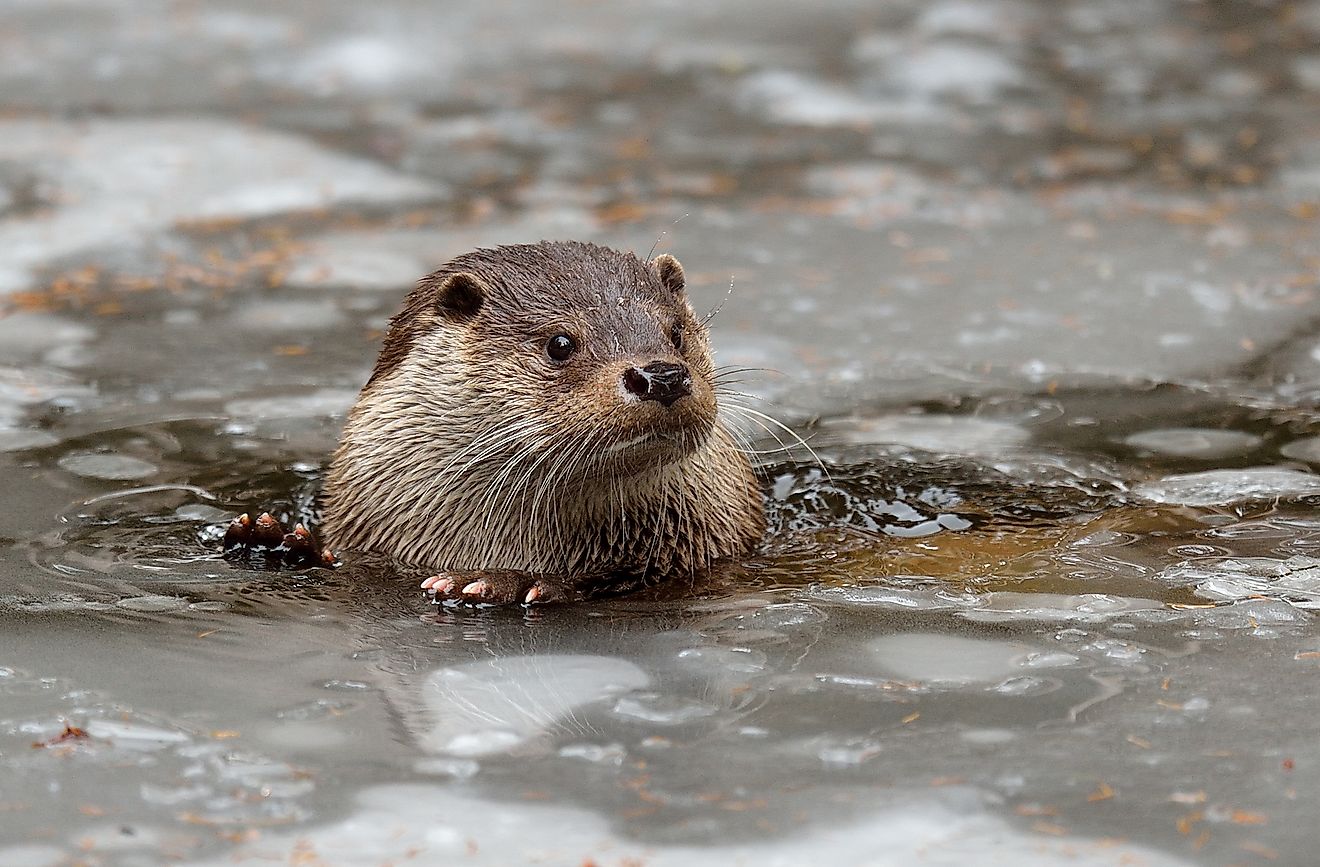
The North American otter and the European otter are two species of otters found in the taiga biome of North America and Europe respectively. The sometime is endemic to Due north America and is a semi-aquatic species found virtually coasts and waterways. They counterbalance between 5 and fourteen kg. They possess a water repellant glaze that protects them in water. The otters feed primarily on fish. Yet, amphibians, snails, clams, mussels, and occasionally pocket-sized mammals and birds also grade the prey base of these creatures.
14. Birds Of Taiga -
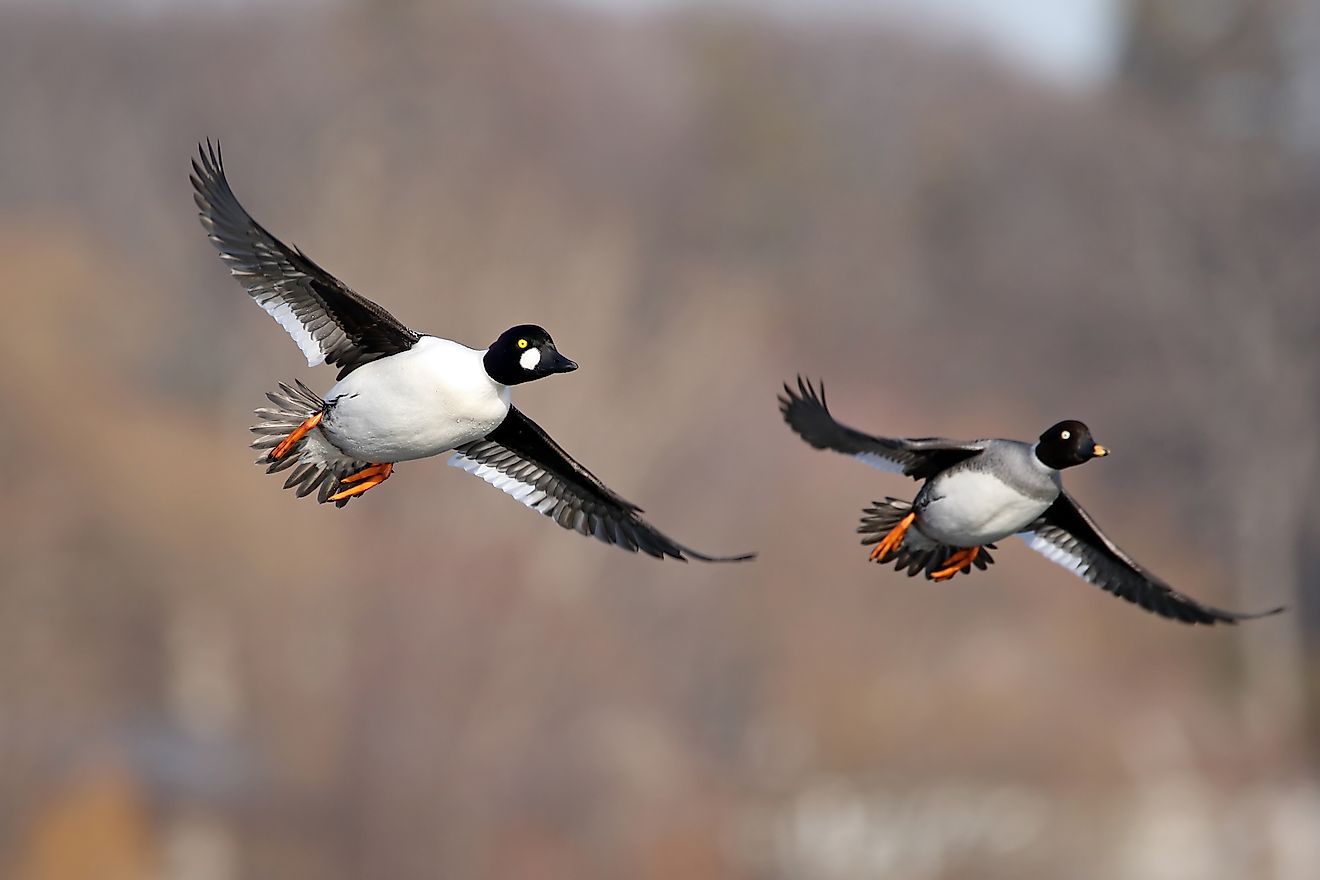
Equally per estimates, nigh 60% of the bird population of North America that is establish due north of the border of Mexico, inhabits the boreal forests or the taiga region. Many of these birds are migratory in nature, migrating southwards during the winter season to warmer grounds. The common goldeneye, mutual loon, common tern, herring gull, bufflehead, spruce grouse, etc., are some of the avian species that are heavily reliant on the boreal forests for their survival. Threats to these forests threaten the beingness of these birds.
13. Rodents And Rabbits Of Taiga -
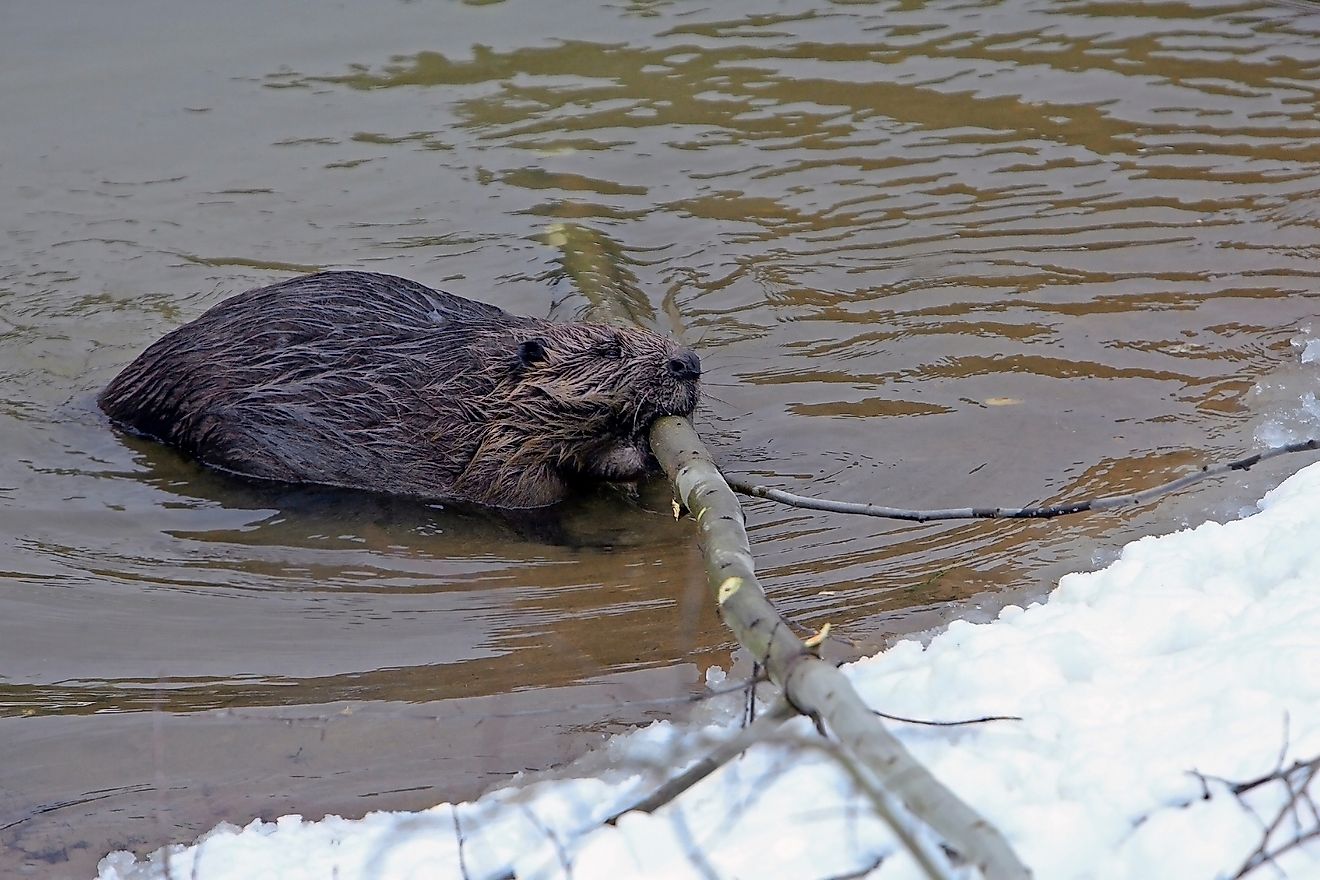
A large number of rodents and rabbits inhabit the taiga biome of the world. Beavers, squirrels, voles, rats, and mice being some of the rodents living in the taiga habitat. These rodents are a vital part of the nutrient chain and are the food source for a number of taiga carnivores like weasels, minks, stoats, lynx, coyotes, and others. Amongst rabbits and hares that inhabit the taiga region, the snowshoe hare finds a special mention. The snowshoe hare weighs near 3-4 pounds and measures well-nigh 36 to 52 cm. These hares possess a thick chocolate-brown glaze in summertime which turns to a white, wooly coat in winter. Like the rodents, these animals are also an important food source for a number of taiga predators.
12. American Marten -
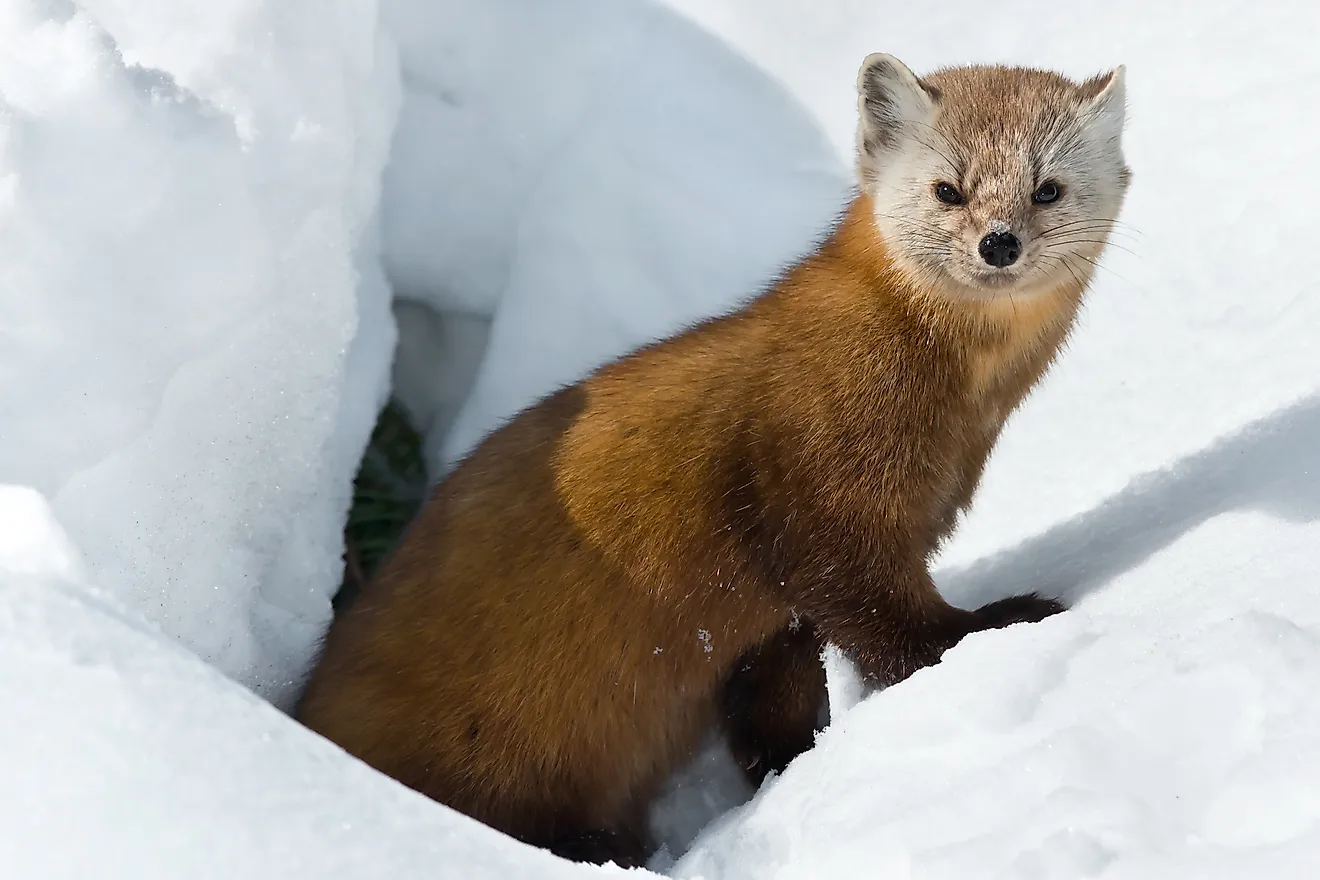
The American marten (Martes americana) inhabits a broad range from arctic Alaska and Canada in the due north to Mexico in the southward. Its range likewise stretches from Newfoundland in eastern Canada to California in the western The states. In Canada and Alaska, the marten inhabits the coniferous and mixed forests of the taiga biome. By the end of the 20th century, the population of this species was severely reduced due to indiscriminate hunting for its fur. Still, intense conservation efforts helped revive the population of the American marten. Today, deforestation keep to threaten the sustained survival of this species.
eleven. Weasel -
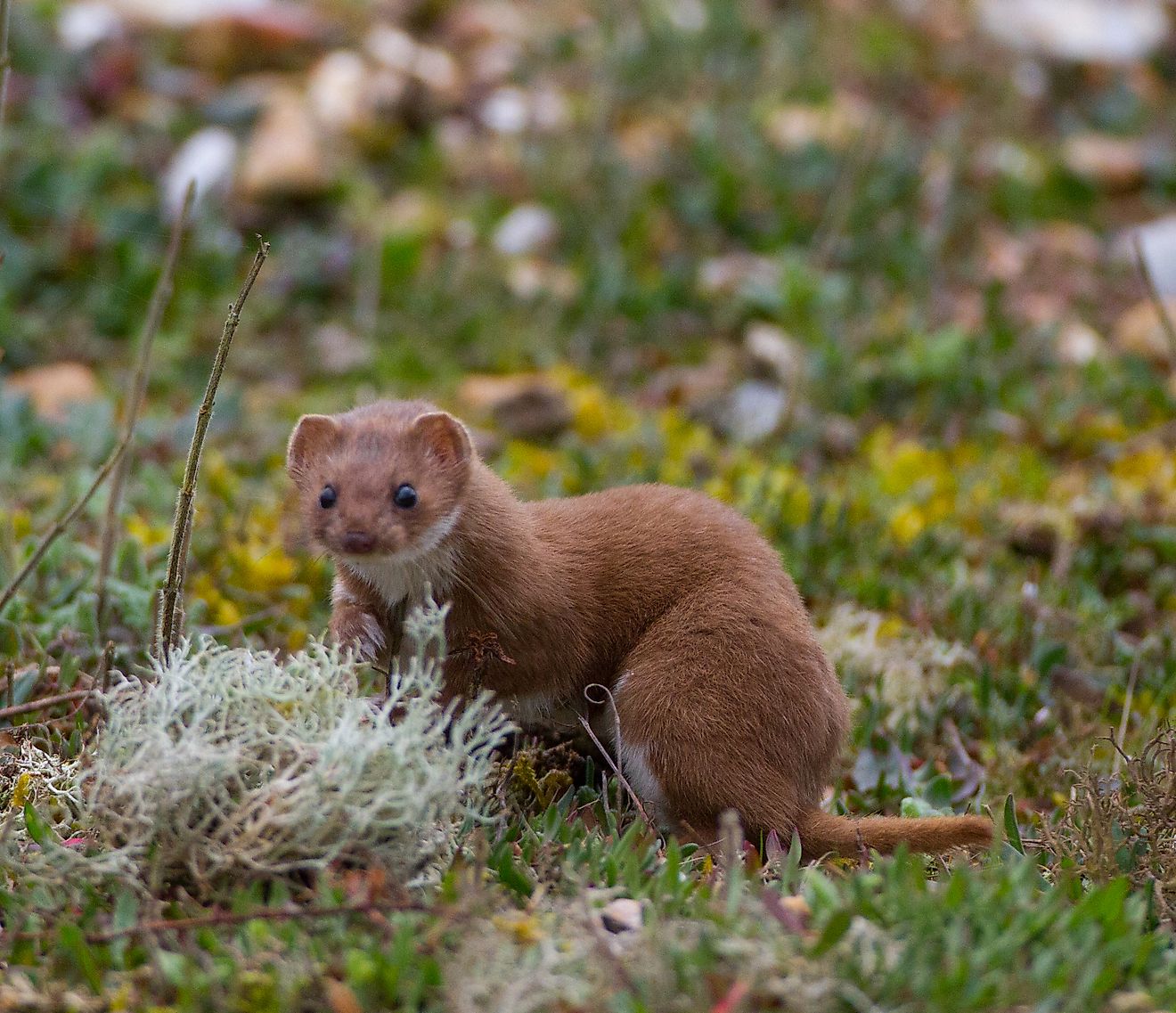
Weasels are small-scale, agile predators with slender bodies and short legs. Weasels usually possess a crimson or brown upper glaze and white bellies. Weasels feed on minor mammals, particularly rodents. Sometimes, weasel populations are regarded equally vermins when they attack at poultry farms or rabbits in commercial warrens.
10. Mink -
The minks of N America and Europe are heavily exploited for fur. These animals are either caught from the wild or reared in mink farms for their fur. Mink killing for fur is a highly controversial subject, and the exercise is a focus of many creature right activities. The minks are semiaquatic, pocket-sized, carnivorous animals. Minks feed on frogs, small mammals, waterfowl, and crayfish during summer. During winter, minks prey primarily on pocket-sized mammals like mice, rabbits, and shrews. Though birds of prey, coyotes, and other carnivores might occasionally predate on these creatures, their active and secretive nature allows them to avoid most such predators on many occasions.
9. Stoat -
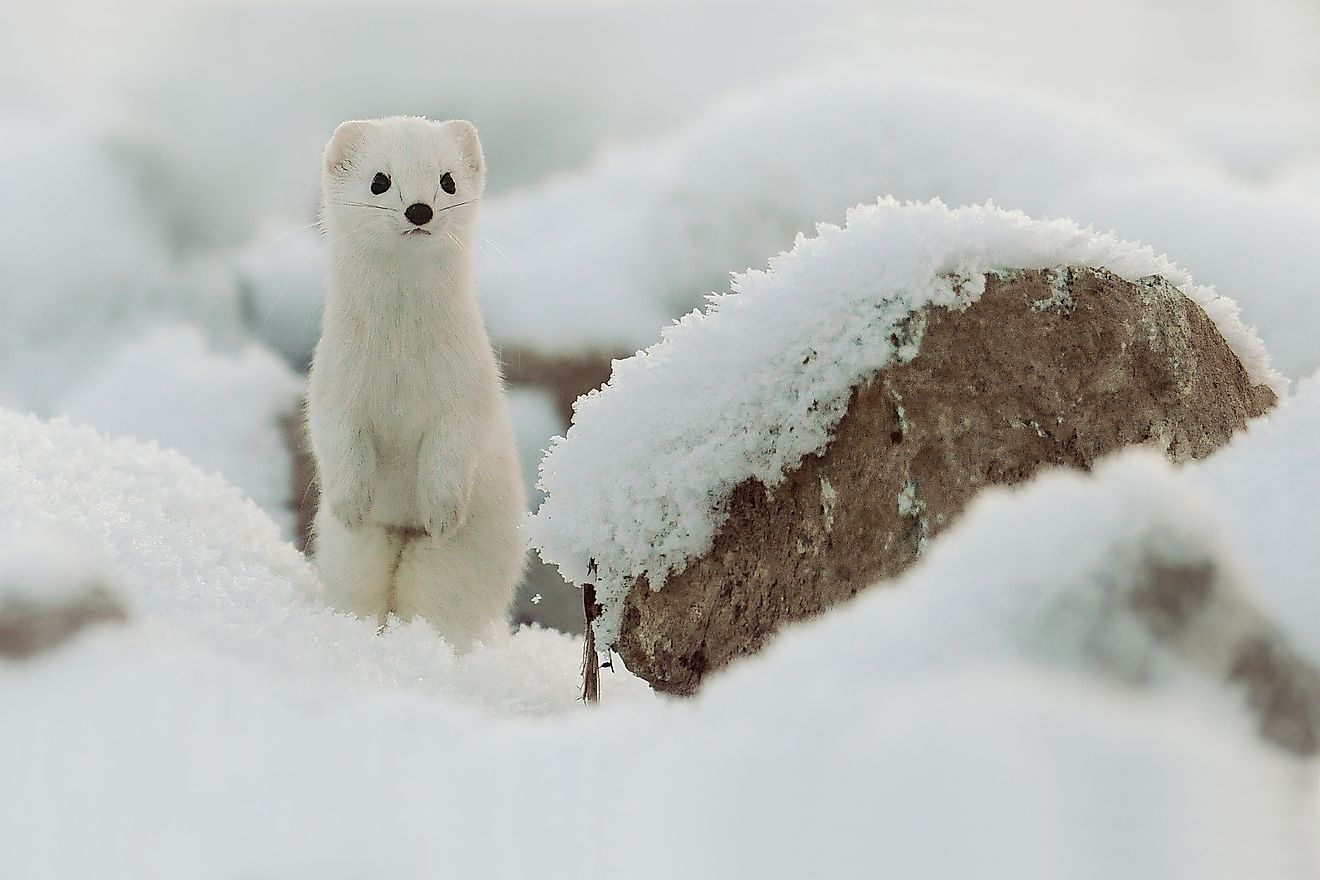
The stoat is a mammal of the Mustelidae family that is widely distributed across Eurasia and North America. Rodents and lagomorphs are the main diet of this cannibal species. Birds, amphibians, lizards, and insects are also occasionally consumed past these creatures. An opportunistic predator, the stoat searches every couch and hole for signs of casualty species. They tin can besides climb copse to admission the nests of birds. Stoats impale past dissentious the spine of their casualty.
viii. Moose -
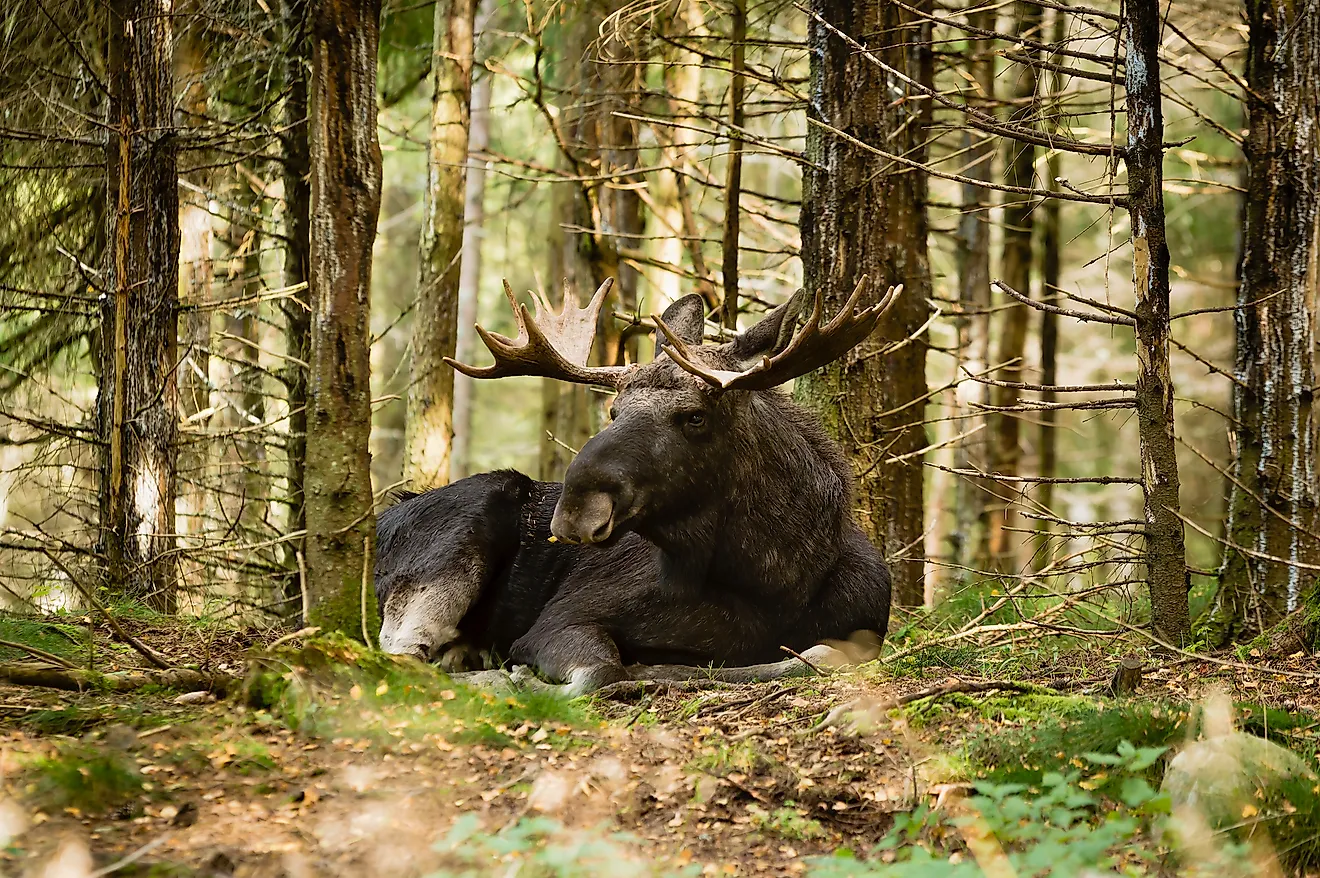
Moose (Alces alces) are the largest species of the deer family living today and deserves to be enlisted in the list of "What Animals Live In The Taiga?" One time widespread beyond the temperate and sub-chill regions of the Northern Hemisphere, today the population of moose is highly reduced due to hunting and habitat devastation. Today, they occur in the temperate broadleaf and mixed forests, and the boreal forests of Due north America and Eurasia. In Eurasia, they are referred to as elk. Grey wolves and bears are the most common predators of moose. Moose are solitary creatures and meet only during the mating season. They tin acquit aggressively when confronted. Forbs and other non-grasses and shoots of birches and willows class the principal diet of these herbivores.
7. Caribou -
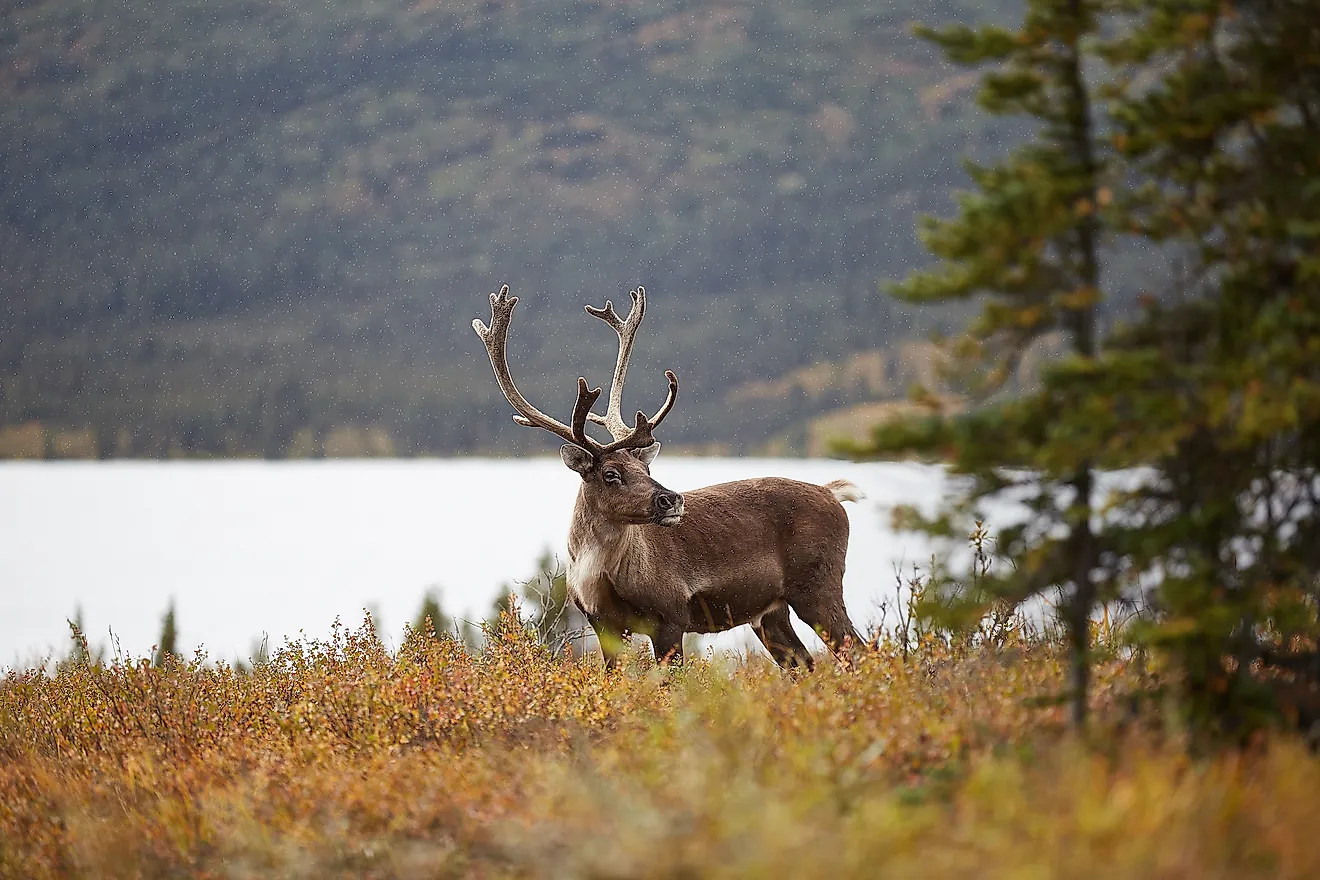
Caribou is a big herbivore of the species Rangifer tarandus. Several subspecies, ecotypes, and populations of caribou are distributed beyond North America. The Peary caribou is the smallest amid them while the boreal woodland caribou is the largest in size. These animals are widespread across the northern parts of US and Canada where they occupy the tundra and taiga biomes. The caribou feeds on lichens, leaves of birches and willows, grasses, and sedges.
6. Elk -
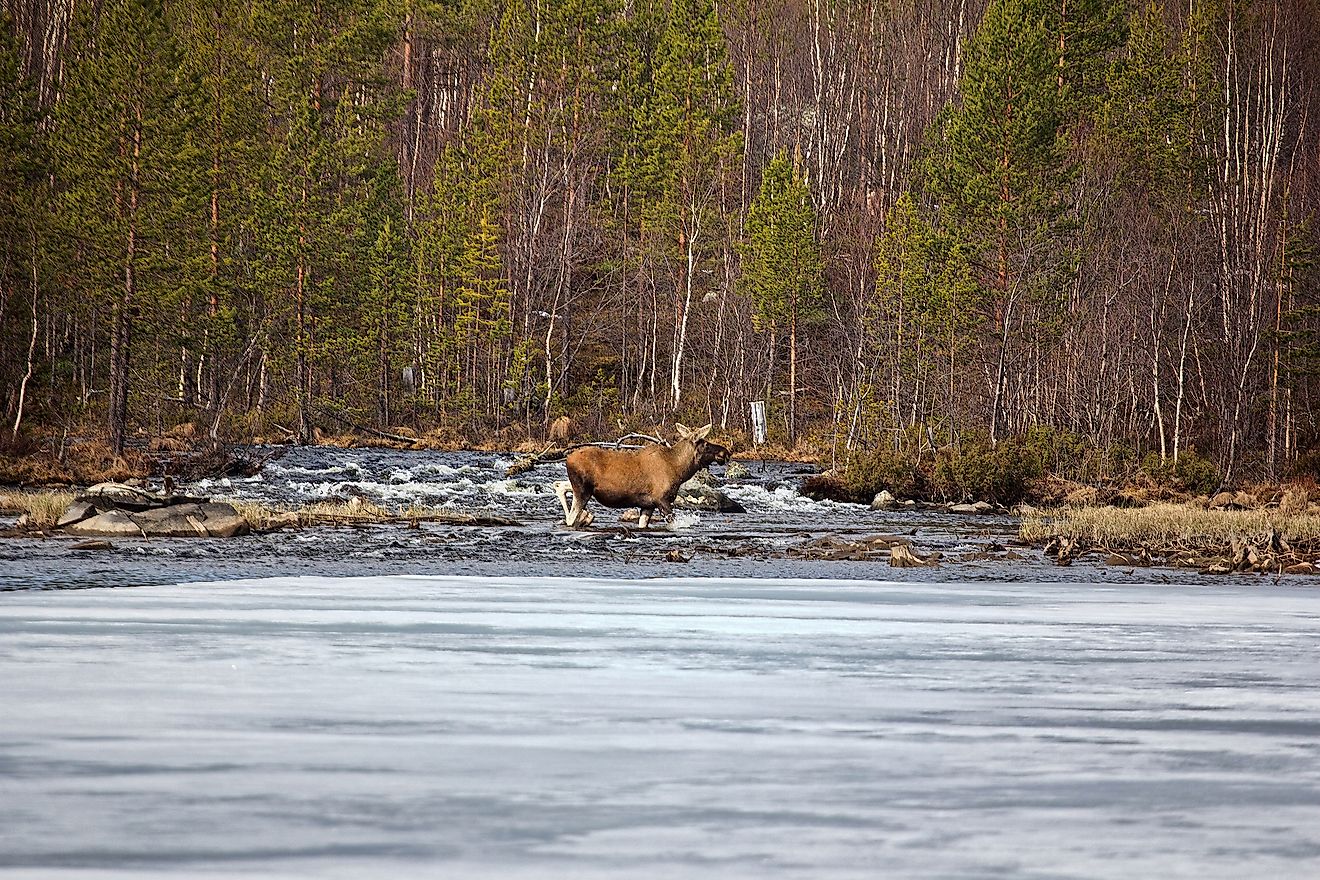
The elk (Cervus canadensis) is a large species of deer found in the taiga ecoregion of North America and Eastern Asia. The elks migrate north during leap as snowfall recedes, and during winter, they migrate in the opposite direction. These herbivorous species swallow tree barks during winter and leaf during spring and summer. Humans exploit these species for their meat and velvety antlers. The antlers of the elk are utilized for preparing traditional medicine in parts of E Asia. Though the elks have a widespread distribution currently, indiscriminate hunting might also put its survival at stake in the future.
5. Roe Deer -
The European roe deer (Capreolus capreolus) and the Siberian roe deer (Capreolus pygargus) are plant across the taiga region in northern Europe and Asia. The onetime species is found from Uk in the westward to the Caucacus in the east, and from the Mediterranean region in the s to the Scandinavian region in the n. The Siberian roe deer is establish in parts of northeastern Asia including Siberia, Mongolia, Kazakhstan, mountainous region of Kyrgyzstan, northeastern parts of China, and the Korean Peninsula. The roe deer feed on constitute parts similar leaves, roots, shoots, etc. They also
4. Lynx -
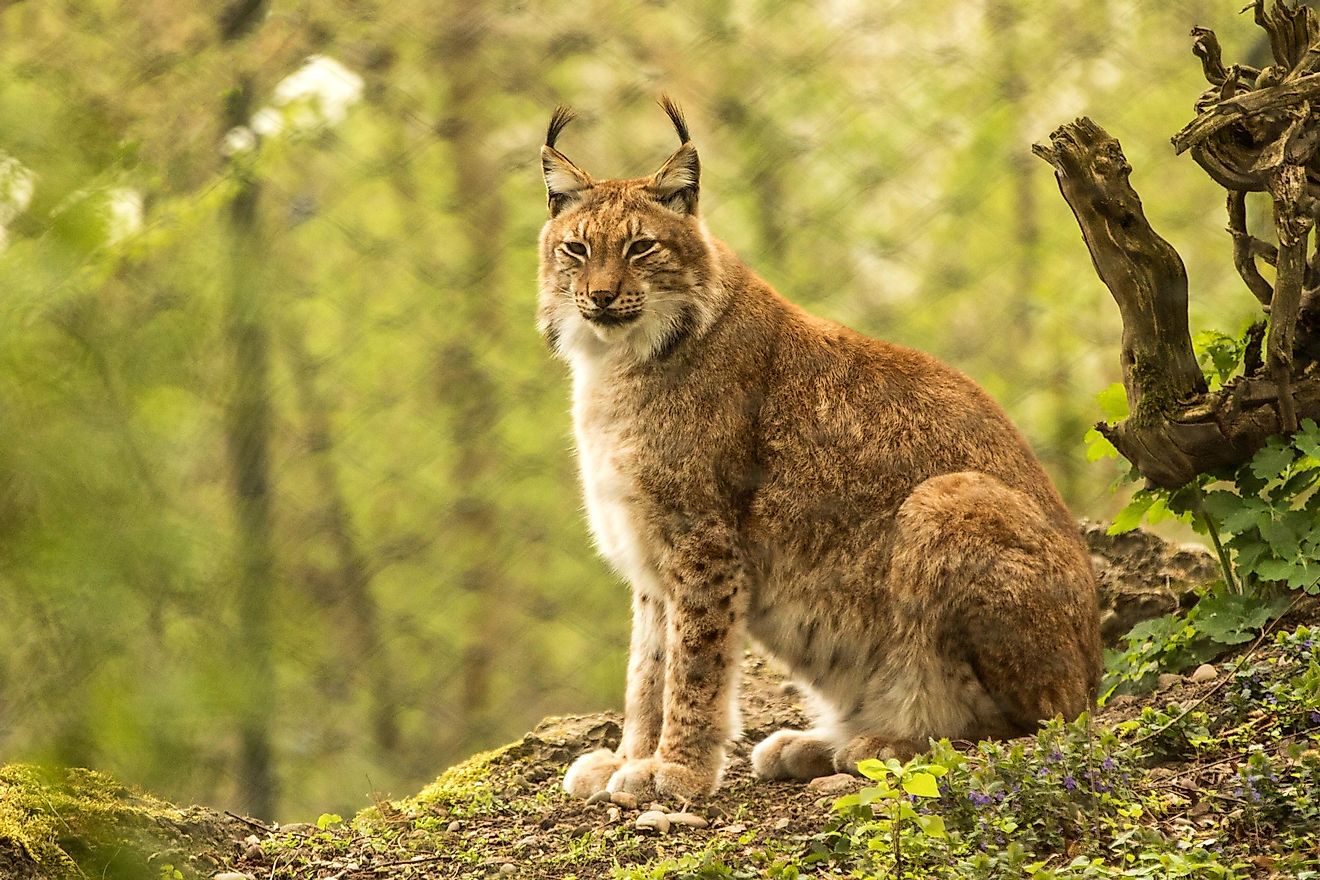
The Canada lynx (Lynx canadensis) and the Eurasian lynx (Lynx lynx) are two species of lynx that finds mention in our list of "What Animals Live In The Taiga?" These creatures inhabit the taiga belt of their corresponding continents. The Canada lynx is over twice the size of a domesticated true cat, has a silvery-white coat, tufted ears, and ruffed face. Snowshoe hares class the biggest part of the diet of these wild cats. The Eurasian lynx is larger in size that the Canada lynx, 31 to 51 in long and 24–30 in tall. The lynx species possess a reddish or brownish glaze with black spots on the fur in summer. In winter, it adorns a thick, silky, argent-gray or grayish chocolate-brown fur. The Eurasian lynx feeds on a diverseness of mammals like hares, squirrels, rodents, ruby-red foxes, immature deer species, etc.
3. Wolves And Foxes -
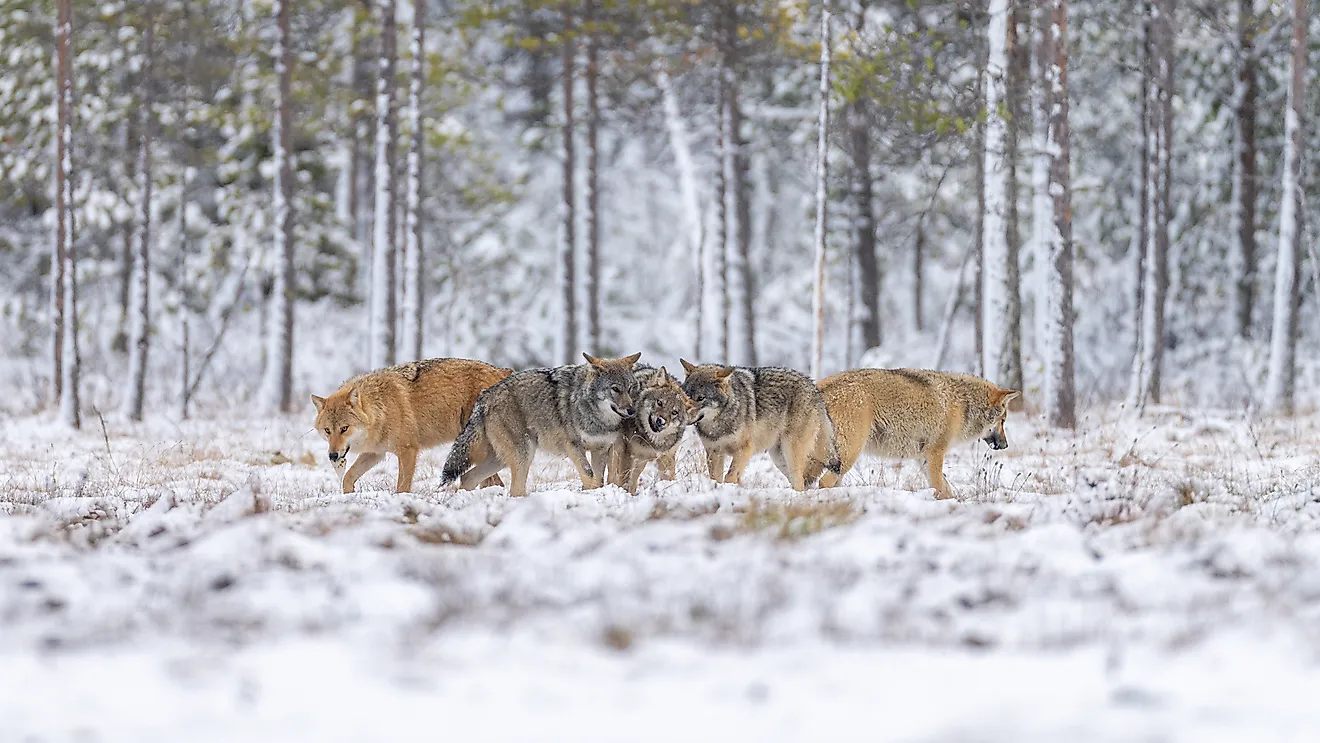
The gray wolf (Canis lupus), coyote (Canis latran south), and red play a joke on (Vulpes vulpes) are all establish in the taiga habitat of the world. The gray wolf is establish across the taiga wilderness of North America and Eurasia, the red fox occurs in Due north America, N Africa, and Eurasia south of the Chill Circle, and the coyote is found exclusively in North America. Rodents, rabbits, hares, birds, reptiles, amphibians, etc., form the prey base of these inhabitants of the taiga.
2. Bears (Brown/Black/Polar) -
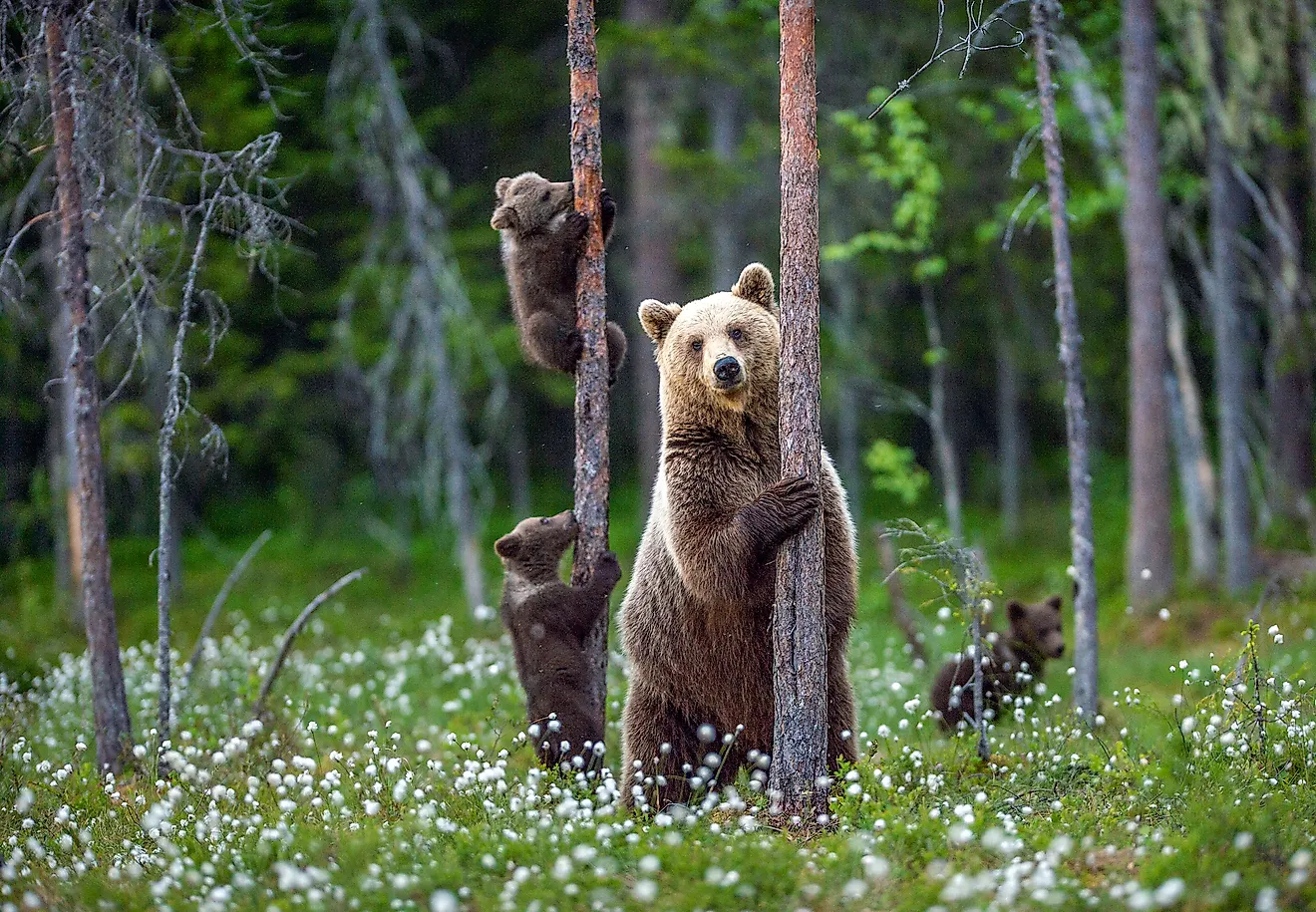
Chocolate-brown bear, American and Asiatic black bear, and polar bear are all found in taiga habitat across Northward America, Europe, and Asia. Polar bears are the northernmost of these deport species and are commonly found beyond the Arctic Circle. The brown comport is a big terrestrial carnivore with a broad distribution in North America and Eurasia. It is found in parts of US (especially Alaska), Canada, Russia, China, Central Asia, the Caucasus, and the Carpathian region. The Asian black bear inhabits the taiga habitat of northeastern China, Russia, Taiwan, parts of Japan, and also the Himalayan mountain region in the Indian subcontinent. The North American black carry is widely distributed across the forested land in Canada and US.
one. Siberian Tiger -
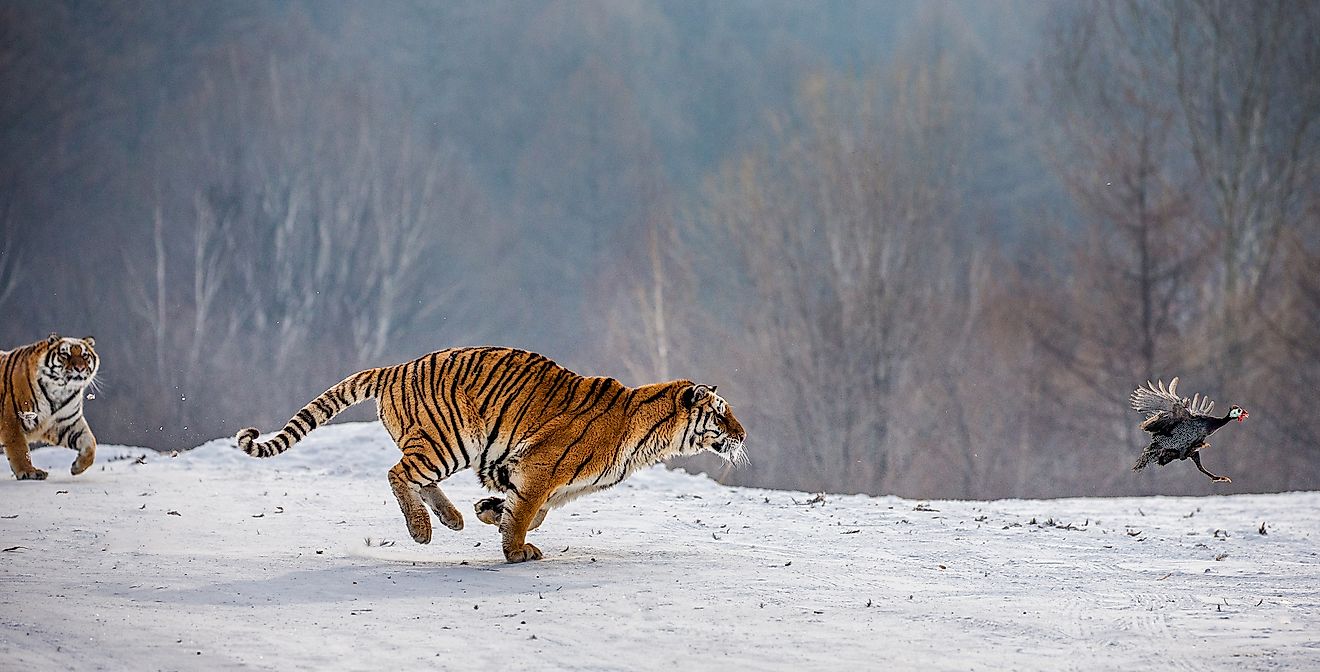
Ane of the near iconic species of the taiga definitely finds mention in our listing of "What Animals Live In The Taiga?" The endangered Siberian tiger (Panthera tigris altaica) one time occupied large parts of taiga habitat in eastern Russia, northward-eastern China, Korea, and Eastern Mongolia. Currently, only a pocket-sized population of the Siberian tiger remains in the Primorye Province and the Sikhote Alin mount region in far-eastern Russia. Years of indiscriminate poaching has severely reduced the Siberian tiger population. Intense conservation efforts attempted to ameliorate the status of the Siberian tigers diameter some success when the number of these tigers increased to 480-540 from 331-393 adult and subadult tigers. Siberian musk deer, Siberian roe deer, Manchurian sika deer, moose, hares, pikas, rabbits, etc., are some of the prey species of the Siberian tiger.
Source: https://www.worldatlas.com/articles/what-animals-live-in-the-taiga.html
Posted by: labarberanexce2001.blogspot.com

0 Response to "What Types Animals Are Found In The Taiga?"
Post a Comment